
A weekend of Tai Chi and Kung Fu at the Caludon Castle Club this weekend. Everyone is welcome.
Book your place on the course here:
https://www.seahorsearts.co.uk/tai-chi-and-kung-fu-weekend-course/
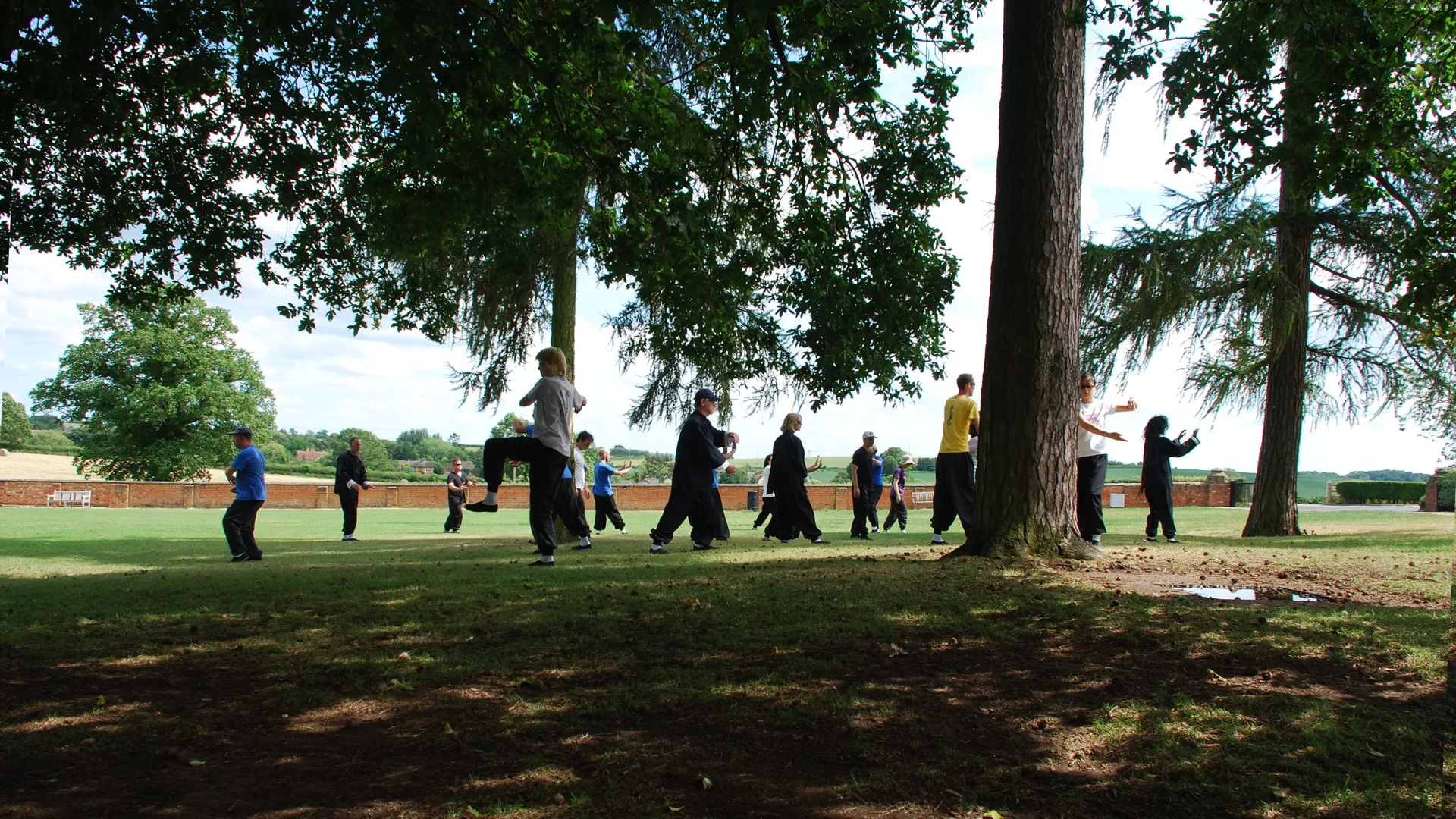

A weekend of Tai Chi and Kung Fu at the Caludon Castle Club this weekend. Everyone is welcome.
Book your place on the course here:
https://www.seahorsearts.co.uk/tai-chi-and-kung-fu-weekend-course/
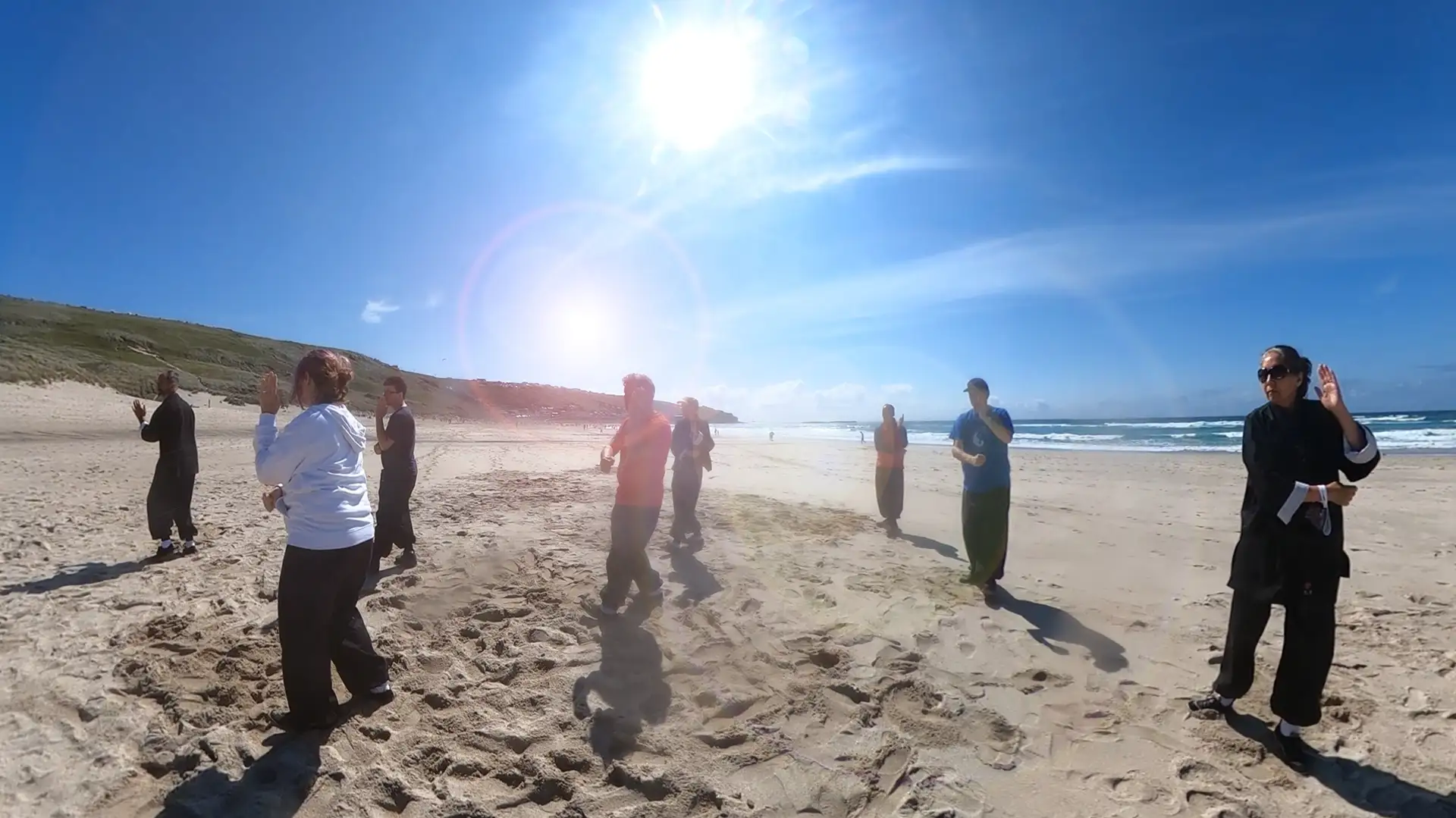
Tai Chi, Kung Fu and Health and Massage Course Summer Course 2024
Sennen Cove, Cornwall
A week of Lee style Kai Men qigong, Tai Chi and weapons.
Monday 29th – Friday 2nd August 2024
Monday 5th August to Friday 9th August 2024
A week of Feng Shou kung fu
Monday 12th to Friday 16th August 2024
Anmo energy meridian massage, diagnosis and basic concepts of Classical Chinese Medicine
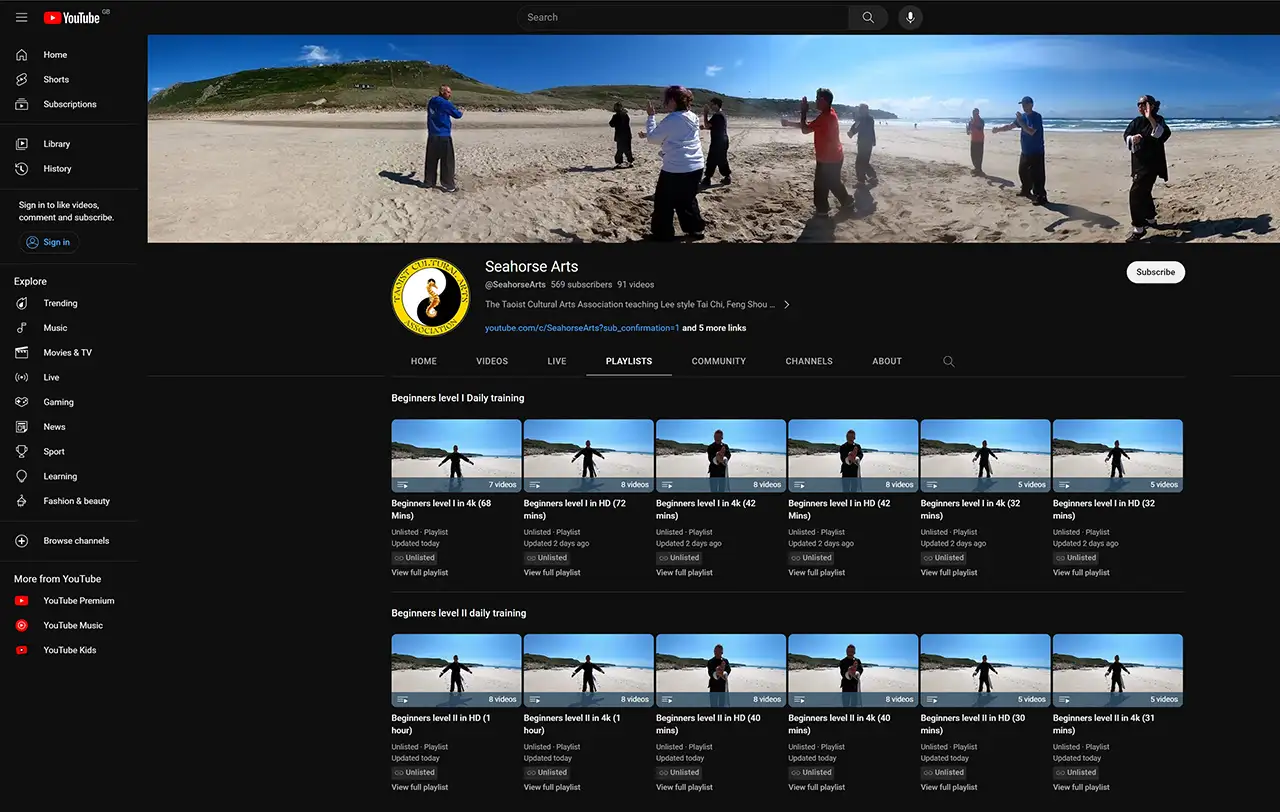

Embark on a transformative journey with our diverse range of training options:
Stay updated with our latest uploads by subscribing to our YouTube channel.
Just as the lotus flower unfolds with the rising sun, you can awaken your energy daily through our Qigong and Tai Chi program. We believe that energy flows best when the body is relaxed, so we commence with loosening exercises. Next, we introduce deep breathing or Daoyin exercises to activate the Dantian in your lower abdomen.
The next step is Kai Men, or “opening the door,” which stimulates your meridians to facilitate energy flow. We guide you through the graceful Tai Chi dance known as Tiaowu, followed by the more meditative Tai Chi form.
As the session nears its conclusion, we engage in another deep breathing exercise called the Five Lotus Blossoms, returning your energy to its center for storage until you require it.
Are you prepared to unlock your hidden potential? Discover the transformative power of Tai Chi and Qigong exercises, and witness your life taking on new vitality.
Imagine a daily routine that not only enhances your physical flexibility and stamina but also elevates your mental acuity, mood, and sense of purpose. As you embark on this journey, you’ll feel a surge of heightened awareness and a revitalizing energy coursing through your entire being. This is the secret that awaits you.
What makes it truly magical is that this experience isn’t ephemeral. With consistent practice, you’ll notice these uplifting moments evolving into sustained energy levels that grow with each passing day. Your awareness sharpens, and you gain mastery over your energy, ensuring it’s readily available when needed and comfortably conserved when not.
The essence of Taoist energy training methods is now within your grasp. There’s no need to delay any longer—commence your transformation today and elevate it to the next level.



In the dappled light of dawn, one often pictures serene parks filled with elders flowing effortlessly through the ancient practice of Tai Chi. Yet, this imagery, ingrained as it might be, just scratches the surface of what Tai Chi truly offers to the world. Tai Chi’s magic is not limited by age or profession; it’s a dance of mind, body, and soul for everyone. Let’s embark on a journey to uncover the profound depths of this art and dispel the age-old myth.
When we dip our toes into the ocean of history, we find that perceptions have often been sculpted by societal upheavals. China’s Cultural Revolution from 1966 to 1976 serves as a glaring example. This tumultuous decade witnessed the suppression of traditional practices, including Tai Chi, leading to a dramatic reshaping of societal views. The elders clung to their knowledge of Tai Chi like a precious keepsake. Meanwhile, the younger lot found themselves at the crossroads of cultural change, leading to the misconception that Tai Chi was primarily the domain of the elderly.
However, delving deeper, Tai Chi’s rich tapestry unfurls, showing its universal appeal. It was a rhythm that resonated with everyone – a harmonious tune passed from grandparents to grandchildren. Tai Chi sessions transcended mere exercises; they became intergenerational dialogues. The art was a cherished family tradition, binding generations with threads of wisdom, discipline, and wellness.
My personal rendezvous with Tai Chi began amidst the hustle and bustle of student life. A chance encounter with a seasoned Tai Chi instructor named Chee Soo introduced me to this universe. With age on his side, Chee Soo was a living testament to the ageless allure of Tai Chi. His classes, an eclectic mix of individuals from varying age brackets and backgrounds, painted a picture far removed from the stereotype.
I, then a philosophy student at Warwick University, found solace and enrichment in Tai Chi’s teachings. While my academic pursuits delved deep into Western ideas, Tai Chi brought balance with its refreshing Taoist philosophy. It served as an oasis in the academic desert, replenishing my mental energies and offering new lenses to view the world.
Student life, though vibrant, comes with its fair share of trials. Deadlines, academic pressures, and the constant pursuit of excellence can drain even the brightest minds. Tai Chi emerged as a sanctuary.
Shifting the lens from campuses to corporate skyscrapers, one might wonder: Does Tai Chi have a place amidst boardrooms and business suits? Absolutely.
As we stand at the intersection of tradition and modernity, it becomes essential to dispel myths and embrace the universal charm of practices like Tai Chi. Whether you’re a student facing academic pressures or a professional navigating the corporate maze, Tai Chi offers invaluable insights and benefits. Far from being just an elderly pastime, it’s a treasure trove of wisdom waiting to be explored by every willing heart and open mind. Embrace its teachings, and let its rhythms guide you towards a balanced, harmonious life.
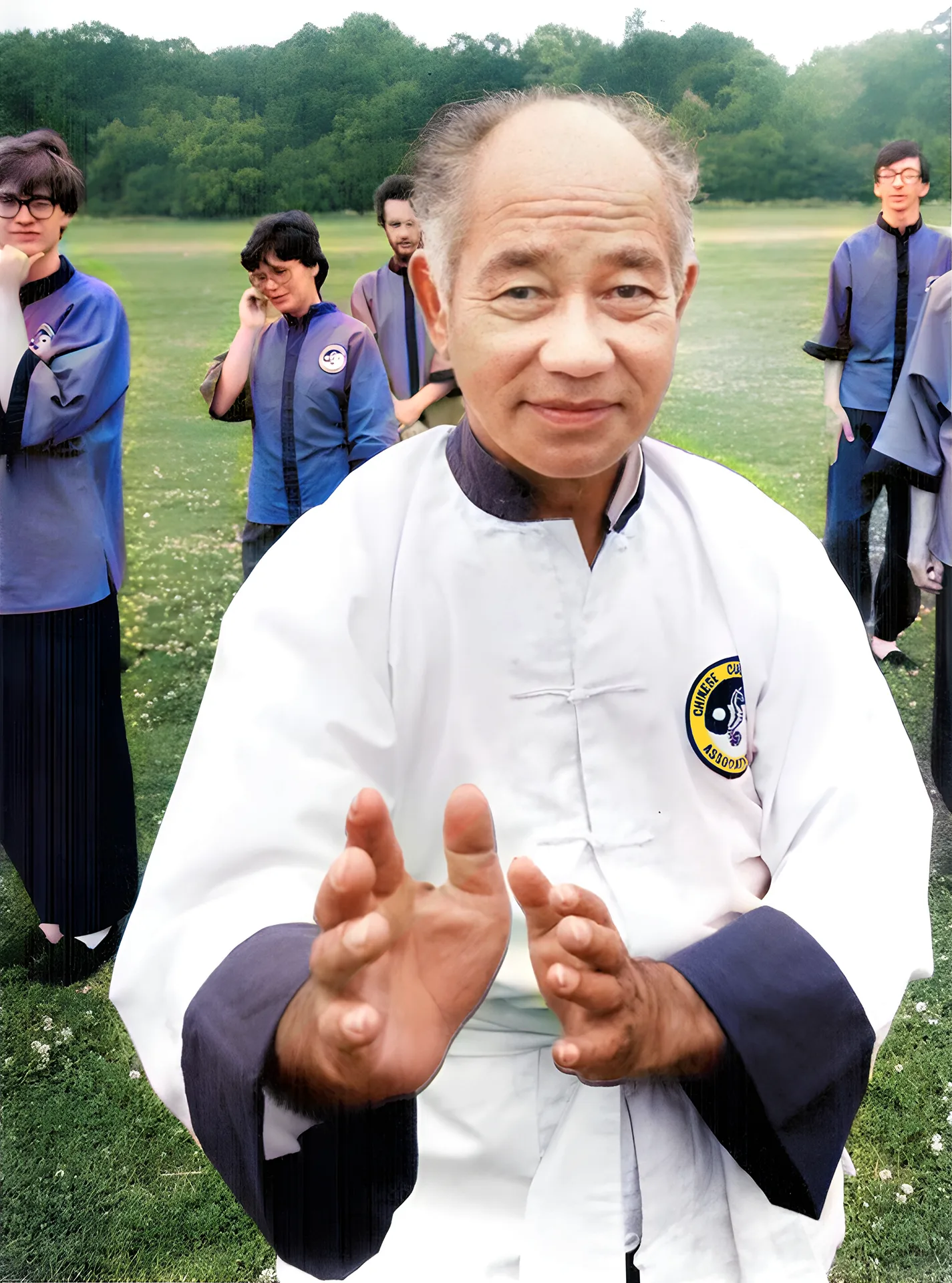

A Journey of Balance and Harmony
Embark on a Tai Chi journey, an ancient practice that has captivated people around the world for centuries. Often described as “meditation in motion,” Tai Chi combines slow, deliberate movements with deep, mindful breathing, akin to a dance of balance and harmony. This engaging practice welcomes beginners, advanced practitioners seeking new challenges, and those eager to reconnect with Tai Chi.
Unleashing a Wealth of Benefits
Tai Chi bestows a wealth of benefits upon your body, mind, and spirit. As you progress along this path, you’ll discover improved balance and flexibility, reminiscent of a tree that stands strong yet sways gently in the wind. Your cardiovascular health will be enhanced, thanks to the rhythmic movements and deep breathing techniques. Your mind will become more focused and clear, while stress subsides, leaving you with a sense of calm.
Transcending the Boundaries of Age
Tai Chi transcends the boundaries of age, offering a haven for seniors seeking vitality and a sanctuary for younger souls craving a gentle, joint-friendly exercise. The harmony of balance and coordination weaves a safety net, protecting those at risk of falls and aiding the healing of the injured.
The Roots of Tai Chi: Martial Arts and Qigong
Venture back in time to the origins of Tai Chi, where the roots of martial arts and qigong exercises intertwine. The cultivation of a robust qi (life force) and the honing of martial prowess hold the key to thriving in our modern, chaotic world. Harnessing this life force, you’ll unleash a surge of energy, invigorating your health and sharpening your mental focus. The disciplined foundations of Tai Chi will gift you with self-awareness and body control, essential tools for navigating life’s storms.
Cultivating a Healthy Shen
Like a lantern illuminating a dark path, Shen, the spirit or consciousness, guides you on your Tai Chi journey. Embrace relaxation and mental focus to nurture a healthy Shen, fostering harmony among body, mind, and spirit. Tranquility and mindfulness spill over into your daily life, transforming your mood, focus, and ability to weather the storm of stress.
Tai Chi: Essential Skills for Modern Life
In the whirlwind of modern life, Tai Chi cultivates essential skills for success in the workplace, academia, and beyond. As you delve deeper into this practice, you’ll unearth powerful tools for stress management, forging a calm oasis amid the desert of pressure. Non-verbal communication skills will flourish, reflecting the self-awareness and body control inherent in Tai Chi. Cooperation, balance, and harmony will echo through your work environment, while mental clarity and focus give rise to improved decision-making and problem-solving abilities.
Take the first step on your Tai Chi journey today by joining our Tai Chi club. Learn from experienced instructors, connect with like-minded individuals, and immerse yourself in the transformative power of Tai Chi. Unlock your full potential and find balance in your modern life.
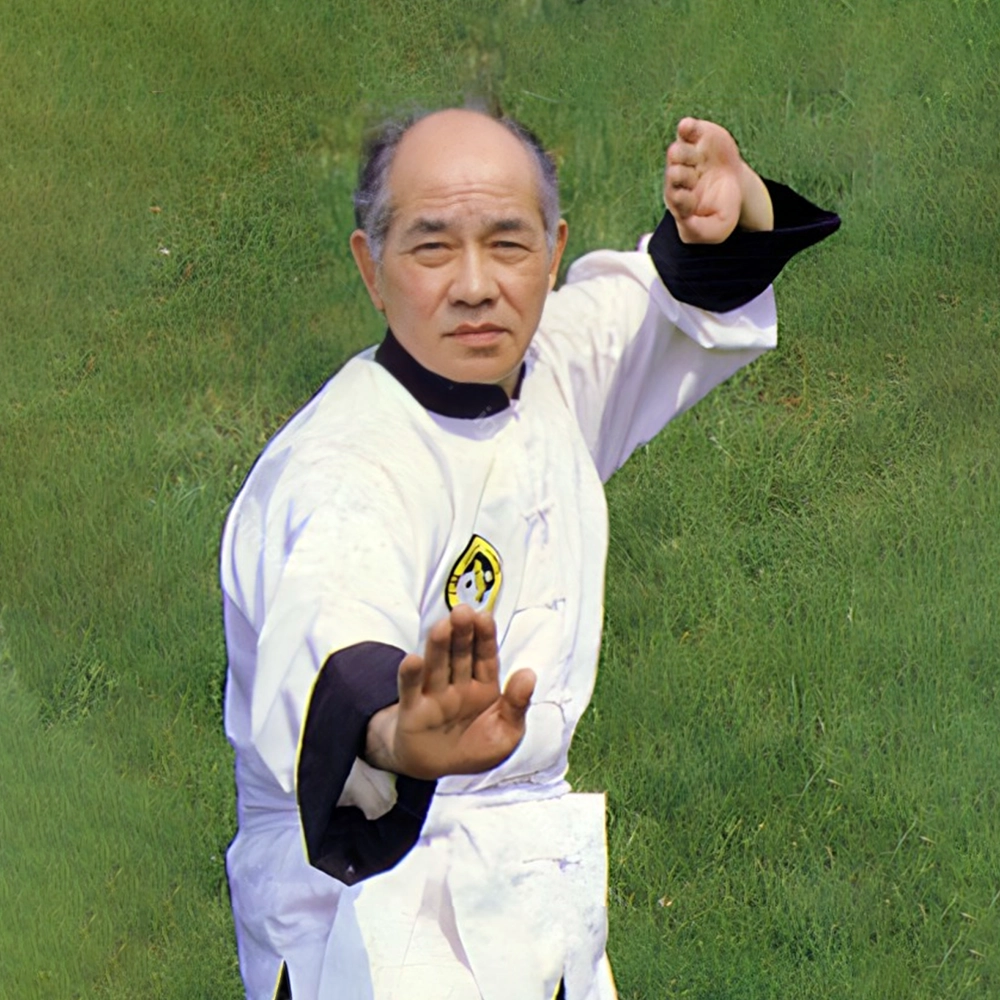

Tai Chi, an ancient Chinese martial art, has gained worldwide popularity due to its numerous health advantages. It is a low-impact exercise consisting of gentle, flowing movements, making it suitable for people of all ages, genders, and fitness levels. This article discusses the top ten reasons individuals practice Tai Chi.
Tai Chi helps develop mental focus and acuity through its slow, deliberate movements. Practicing Tai Chi regularly can lead to improved concentration, sharper cognitive abilities, and better decision-making skills. These mental benefits are valuable for individuals involved in various activities, such as studying, working, or playing sports.
By developing body awareness and improving the mind-body connection, Tai Chi can help enhance reaction time. This improvement can be beneficial in daily life, sports, and even in situations that require quick thinking and decision-making.
The practice of Tai Chi demands dedication and consistency, which can foster increased willpower and discipline. These skills can be applied to various aspects of life, including personal goals, career advancement, and self-improvement.
Tai Chi has been shown to increase energy levels and improve mood. The combination of physical movement and mental focus can lead to a feeling of invigoration and well-being. This positive effect on mood and energy can help individuals tackle challenges in their personal and professional lives with greater enthusiasm and optimism.
Tai Chi can be an excellent complement to other sports and physical activities, as it improves balance, flexibility, and coordination. These attributes can enhance athletic performance, making individuals more competitive and proficient in their chosen activities.
The flowing movements and artistic nature of Tai Chi offer an opportunity for creative expression and personal growth. As practitioners learn to coordinate their body and mind, they can explore new ways of moving and expressing themselves, leading to a deeper understanding of their physical and emotional selves.
Tai Chi is often practiced in group settings, providing opportunities to connect with others who share similar interests. This social aspect can foster friendships, a sense of belonging, and a supportive community that can contribute to overall well-being.
Regular Tai Chi practice can lead to better cardiovascular health, increased muscle strength, and reduced inflammation. These physical health benefits can contribute to a stronger immune system, lower risk of chronic diseases, and improved overall fitness.
Tai Chi can improve posture by strengthening core muscles and encouraging proper spinal alignment. The slow, controlled movements of Tai Chi also help develop body awareness, leading to better posture and alignment in everyday life.
The practice of Tai Chi has been shown to reduce stress and anxiety by promoting relaxation and a sense of inner calm. The physical movements, combined with mental focus, can help individuals develop resilience in dealing with life’s challenges and maintain a more balanced emotional state.
Tai Chi is a low-impact exercise that offers various health benefits. The top ten reasons people practice Tai Chi include stress reduction, enhanced balance and coordination, increased flexibility, better cardiovascular health, improved posture, decreased pain and inflammation, strengthened immune function, enhanced mental health, boosted cognitive function, and increased social support. Whether you aim to improve your physical or mental health or seek a social activity, Tai Chi can offer numerous advantages. With its gentle, flowing movements and focus on awareness and relaxation, Tai Chi is an excellent way to improve overall health and well
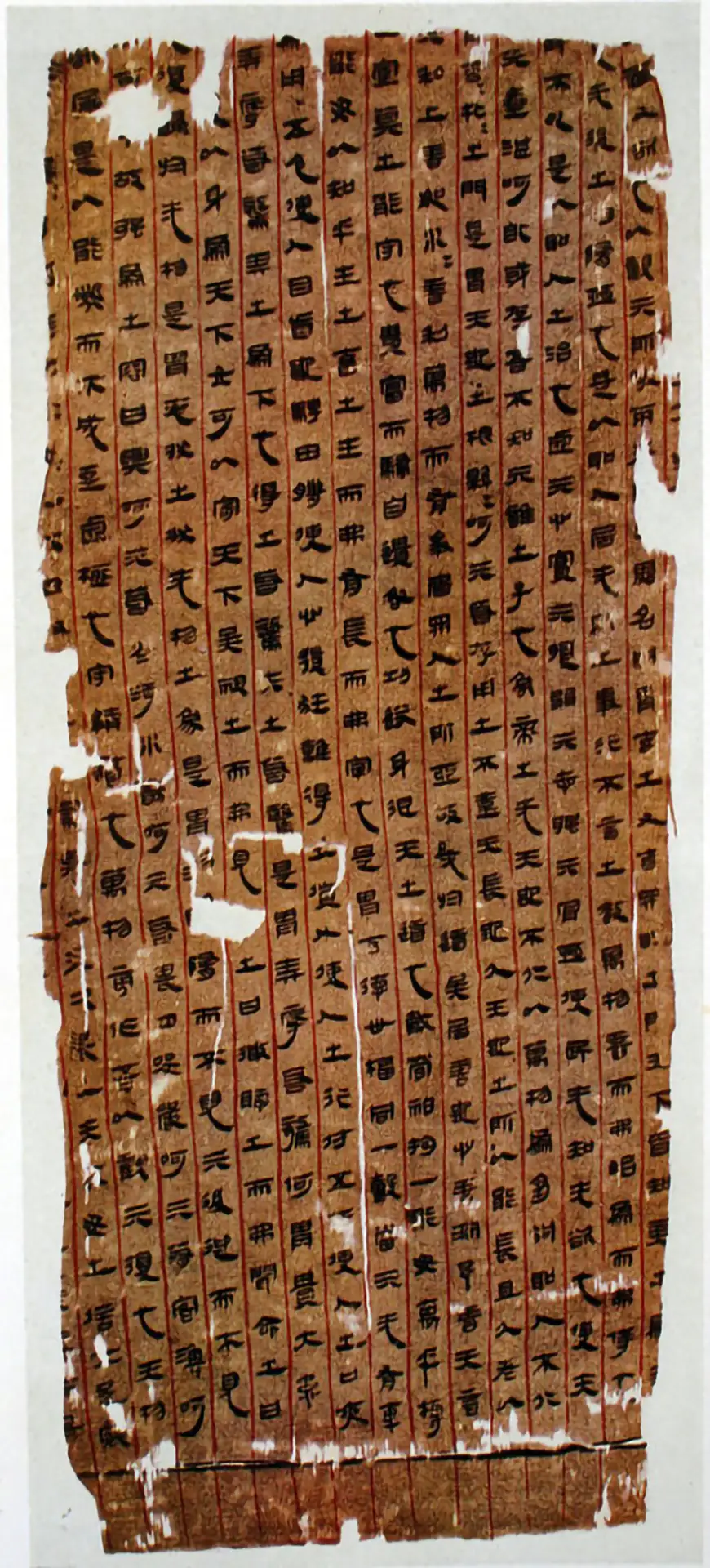
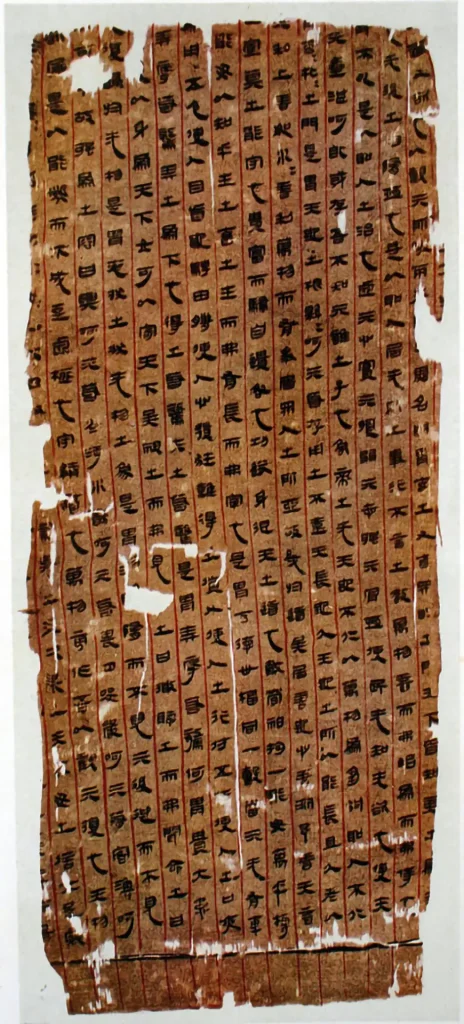
Laozi, also known as Lao Tzu or Lao-Tze, is the legendary figure credited with writing the Tao Te Ching, one of the most important texts in Chinese philosophy. The Tao Te Ching is a collection of 81 short chapters that offer wisdom on how to live in harmony with the natural world and achieve inner peace. In this blog post, we will explore the life and teachings of Laozi and the significance of the Tao Te Ching.
The historical existence of Laozi is a matter of debate among scholars. According to tradition, he lived in the 6th century BCE and was a contemporary of Confucius. Laozi is said to have been a scholar and an archivist in the imperial court of the Zhou dynasty. However, he became disillusioned with the corruption and turmoil of the political system and decided to leave the court and retire to a life of contemplation.
According to legend, as Laozi was leaving the city, the gatekeeper asked him to write down his teachings before departing. Laozi agreed and wrote the Tao Te Ching, which means “The Book of the Way and Its Virtue.” The text became highly regarded, and Laozi was revered as a sage and a founder of the philosophy of Taoism.
The Tao Te Ching is a concise and poetic work that offers insights into the nature of the universe, the human condition, and the way to achieve harmony with both. The text is divided into two main sections: the Tao (the Way) and the Te (Virtue). The Tao refers to the underlying principle of the universe, which is beyond comprehension and description. The Te refers to the way of living in harmony with the Tao.
One of the central ideas of the Tao Te Ching is that the natural world operates according to its own principles, and humans should strive to live in harmony with these principles. The text offers guidance on how to achieve this harmony, emphasizing the importance of humility, simplicity, and non-action.
Laozi also emphasizes the concept of wu wei, which means “non-action” or “effortless action.” This does not mean doing nothing but rather acting in a way that is in harmony with the natural flow of things. By letting go of personal desires and preferences and following the natural course of events, one can achieve a state of effortless action.
Another central idea in the Tao Te Ching is the concept of yin and yang, which represent the complementary forces of the universe. Yin is associated with femininity, darkness, and passivity, while yang is associated with masculinity, light, and activity. Laozi emphasizes the importance of balancing these forces, both in the natural world and in human life.
The Tao Te Ching has been highly influential in Chinese philosophy and religion, as well as in Western philosophy and spirituality. It has been translated into numerous languages and has inspired countless individuals to seek a deeper understanding of the nature of existence and the path to inner peace.
One of the reasons for the enduring popularity of the Tao Te Ching is its accessibility and relevance to all people, regardless of their cultural or religious background. The text emphasizes the importance of living in harmony with the natural world, cultivating inner peace, and letting go of personal desires and attachments, all of which are universal values that resonate with people from all walks of life.
In Chapter 36, Laozi describes the principle of wu-wei, which is often translated as “non-action” or “effortless action”. Wu-wei is the idea that the most effective way to act is by not forcing or interfering with the natural flow of things. It is not a passive state, but rather an active state of harmonizing with the natural order of the universe. By aligning oneself with the Tao, one can achieve a state of tranquility and peace.
Another important concept in the Tao Te Ching is the idea of the Tao being the source of all things. In Chapter 25, Laozi writes:
“There was something formless and perfect
before the universe was born.
It is serene. Empty.
Solitary. Unchanging.
Infinite. Eternally present.
It is the mother of the universe.
For lack of a better name,
I call it the TAO.
This quote is from the opening lines of the Tao Te Ching attributed to Laozi. In this passage, Laozi describes the Tao as an indescribable, formless essence that existed before the universe and is the source of all things. The Tao is characterized as empty, serene, and unchanging, yet also infinite and eternally present. Laozi acknowledges that the Tao cannot be fully understood or named, and thus refers to it as the “mother of the universe” as a way to convey its role as the ultimate source of creation.
The Tao Te Ching provides guidance on how to live a balanced and harmonious life, emphasizing the importance of simplicity, humility, and non-action (wu wei) as the key to living in harmony with the Tao. Laozi believed that by cultivating humility and embracing the natural way of things, individuals could achieve true happiness and fulfillment in life.
The Tao Te Ching has had a profound influence on Chinese philosophy and culture, and its teachings have been applied in various fields, including martial arts, traditional Chinese medicine, and feng shui. Its influence has spread beyond China and has been translated into numerous languages, becoming a source of inspiration for people all around the world.
In conclusion, Laozi and the Tao Te Ching have had a significant impact on Chinese philosophy and culture, as well as on people all around the world who have been inspired by its teachings. The Tao Te Ching encourages individuals to embrace simplicity, humility, and non-action as a means to achieve harmony with the natural world and find true happiness and fulfillment in life. Its teachings continue to be relevant and provide valuable insights into the human experience, making it one of the most important and influential works in the history of philosophy.

Chris and James from our associated clubs in Cornwall were invited by the BBC to do a radio interview on the Tiffany Truscott show last night.
Chris was taught by Chee Soo and has set up and taught clubs all over the Midlands including Leamington, Coventry and Birmingham. James had a traumatic road accident and used Tai Chi to aid in his recovery and now teaches his own Tai Chi class in his hometown of St Agnes.
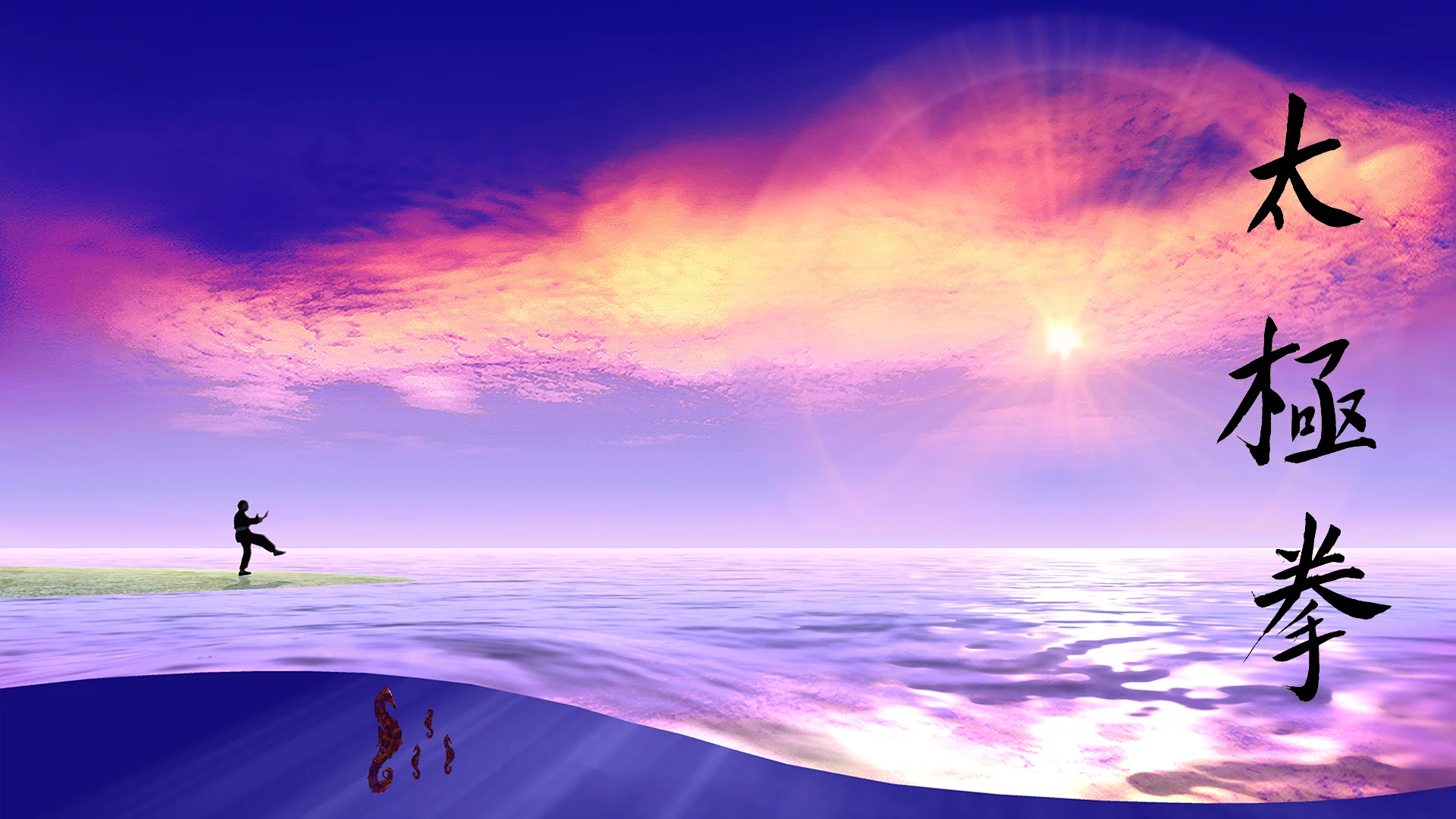
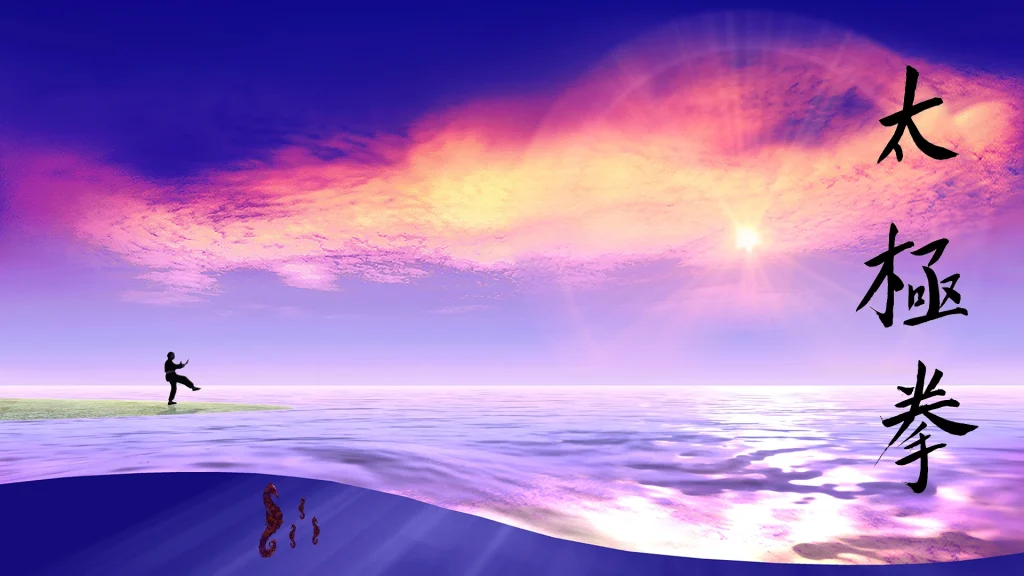
Tai Chi is based on a set of basic principles that are essential for proper training and mastery of the art. In this blog post, we will discuss these principles and explain how they can help you improve your Tai Chi practice.
One of the fundamental principles of Tai Chi is to keep your body upright and erect, but without any stiffness. This means that you should stand upright with your head in alignment with your spine, but without tensing up your muscles. This will help you to maintain good posture and avoid any unnecessary tension in your body.
In Tai Chi, it is essential to relax your entire body, including your mind. This means that you should let go of any stress, tension, or anxiety that you may be feeling. Leave your baggage at the door, you do Tai Chi to regenerate so take some time out from your stresses to accomplish this. Relaxing your mind and body will help you to move more fluidly and gracefully, allowing you to perform the movements of Tai Chi with ease.
Tai Chi emphasizes the use of the heel and toe principles in all foot movements just as in natural walking movements. This means that you should always start your movements with your heel, and then transfer your weight to your toes as you complete the movement. This will help you to maintain good balance and stability, as well as improve your overall coordination.
In Tai Chi, it’s important to move in a coordinated and integrated manner, like when you walk along without thinking your body naturally moves everything in a balanced way. This means that the movements of the upper and lower halves of the body are synchronized, and there is no unnecessary tension or rigidity in the body. When you move, you should feel that your arms, legs, and torso are working together as one unit. This is where you pay close attention to the movements of your body and the sensations you feel.
Tai Chi is more than just a physical exercise. It’s a practice that involves the mind and spirit as well. In order to fully benefit from Tai Chi, it’s important to harmonize the internal and external aspects of your body. This means that you should be aware of your breathing, your thoughts, and your emotions as you practice Tai Chi. As you move your body, you should also be focusing your mind on your movements, your breath, and the sensations you feel.
Tai Chi movements should be smooth and continuous, with no sudden stops or jerky movements. The movements should also follow a curved or circular form, rather than being straight lines. This is because curved or circular movements are more fluid and natural for the body. When you move in this way, you are also helping to circulate your vital energy or qi more efficiently throughout your body. Another essential principle is the “continuity of movement”. In Tai Chi, all movements are connected and flow into each other smoothly, like a river. This is why it’s often called “moving meditation”. You should never stop in between movements, but keep the energy flowing throughout the entire routine. It takes practice to achieve this level of continuity, but it’s an important aspect of Tai Chi practice.
Breathing is an essential part of Tai Chi practice. In Tai Chi, the breath is used to help regulate the movement of the body and the flow of energy or qi. There are many different Taoist breathing exercises that are used in Tai Chi, and these can help to deepen your breathing, improve your lung capacity, and increase your overall energy levels. In addition, it’s important to breathe deeply through your lower abdomen, rather than shallowly through your chest. This type of breathing is known as “diaphragmatic breathing,” and it helps to fully oxygenate your body and improve your overall health.
Another key aspect of Tai Chi is proper breathing. In Tai Chi, you should breathe deeply through your lower abdomen, rather than shallowly through your chest. The practice of pressing the tip of the tongue to the roof of the mouth just behind the teeth is a key principle in Taoist alchemy, qigong, and other Chinese energy practices. It is believed to have several important benefits for the circulation of qi, or vital energy, within the body, including promoting the flow of energy through the Microcosmic Orbit. By pressing the tongue to the roof of the mouth, you create a connection between the Ren Mai (Conception Vessel) and the Du Mai (Governing Vessel), which are two of the body’s extraordinary vessels that form the Microcosmic Orbit. This can help to balance the flow of qi and promote overall health and well-being. Additionally, pressing the tongue to the roof of the mouth can activate the Upper Dan Tian, which is an energy center located in the head and associated with spiritual development and higher consciousness. By promoting the circulation of energy in this area, the practice can enhance spiritual development. Furthermore, focusing on the sensation of the tongue pressing against the roof of the mouth can help to quiet the mind and enhance concentration, which can be especially useful in meditation and other spiritual practices. Overall, the practice of pressing the tip of the tongue to the roof of the mouth is a simple but powerful technique that can help to promote the circulation of vital energy through the Microcosmic Orbit, enhance spiritual development, and improve overall health and well-being.
In Tai Chi, the concept of “vitality power” or “life force” is central to the practice. Vitality power is the energy that animates all living things, and in Tai Chi, it’s believed that this energy can be cultivated and directed through the body. When you move in Tai Chi, you should be aware of your vitality power, and you should aim to extend and let this energy flow on all outward movements.
Similarly, on all inward movements. In Tai Chi, movements are not forced, but rather allowed to flow naturally. You should use your body’s natural energy and momentum to create movement, rather than relying on brute force. This allows you to conserve energy and move more efficiently. You should release any tension in your muscles on the inward movements, allowing your body to relax and conserve energy.
The Ch’ang Ming way is a philosophy of healthy living that is based on the principles of Taoism. In Tai Chi, it’s important to pay attention to your diet and lifestyle and to adopt healthy habits that support your practice. This includes eating a balanced diet of whole foods, eating natural organic foods, and getting enough rest and exercise.
Studying the “laws of life” within the realms of the spiritual path is an essential principle in Tai Chi. This involves exploring the spiritual and philosophical teachings of Taoism, which is the foundation of Tai Chi. By understanding these teachings, you can deepen your Tai Chi practice and gain a deeper understanding of yourself and the world around you.
Tai Chi practitioners see the body as a microcosm of the universe and that by harnessing and harmonizing these energies, you can improve your health and well-being. Vitality power, also known as Qi, is the life force energy that flows through the body. In Tai Chi, you learn to cultivate and direct this energy through various movements and postures. By doing so, you can improve your physical health, boost your immune system, and reduce stress and anxiety.
Macro-cosmic energy, on the other hand, refers to the energy of the universe. Tai Chi practitioners understand that we are all a part of the universe and that by harmonizing our internal energy with the energy of the universe, we can achieve a greater sense of inner peace and harmony. By studying and mastering the use and harmonization of vitality power and macro-cosmic energy, you can deepen your Tai Chi practice and gain a deeper understanding of the interconnectedness of all things. This can lead to a greater sense of purpose and fulfillment in life.
So, Tai Chi is much more than just a series of physical movements. It’s a holistic practice that involves physical, mental, and spiritual aspects. By mastering the essential principles of Tai Chi, you can improve your health, reduce stress, and achieve a greater sense of inner peace and harmony.
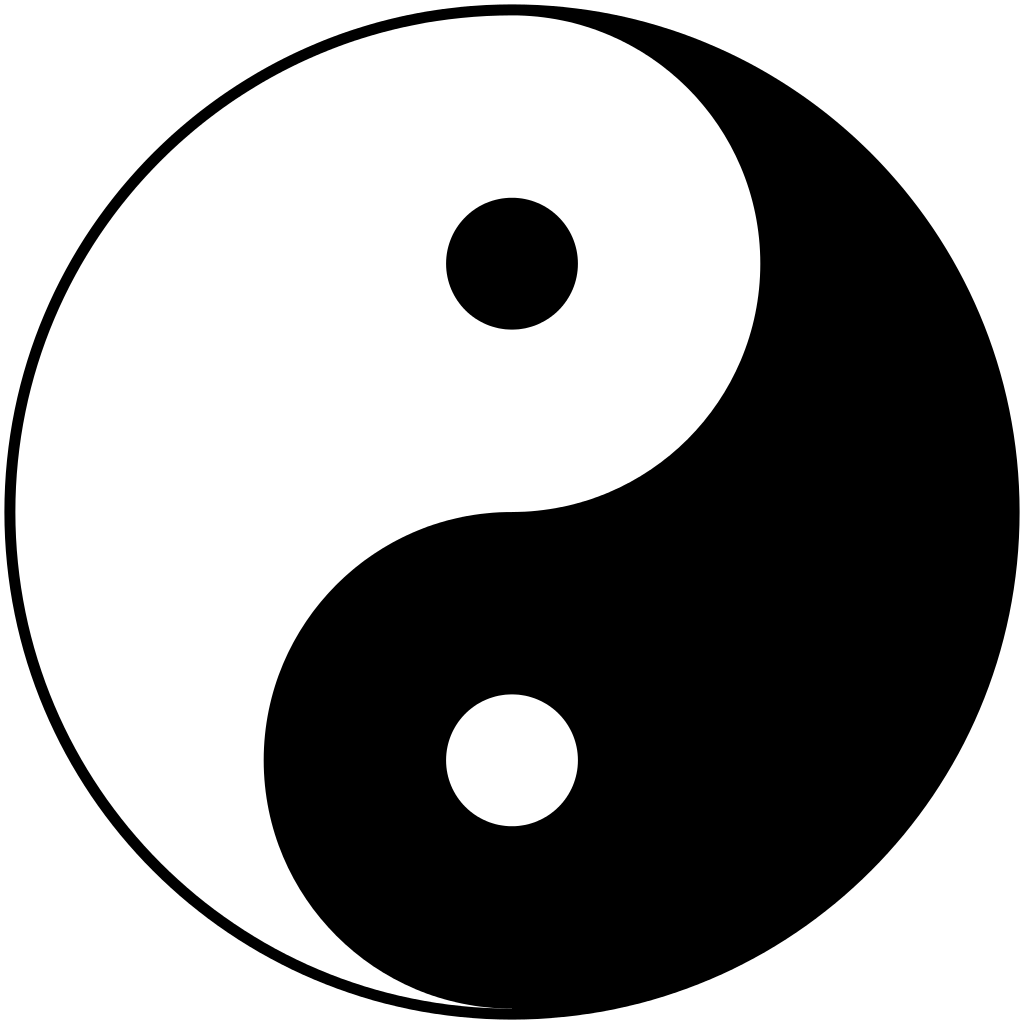

Tai Chi is much more than just a physical exercise. At its core, Tai Chi is a deeply philosophical practice that seeks to harmonize body, mind, and spirit. The philosophy behind Tai Chi is rooted in Taoism, a Chinese philosophical tradition that dates back over 12,000 years. In this blog post, we will explore the philosophy behind Tai Chi and how it can help you find inner peace and harmony in your life.
Taoism is a philosophical tradition that originated in ancient China. The word “Tao” means “the way” or “the path,” and refers to the natural order of the universe. Taoists believe that everything in the universe is interconnected and that all things arise from and return to the Tao.
One of the key principles of Taoism is the concept of Wu Wei, which can be translated as “effortless action” or “non-doing.” Wu Wei emphasizes the importance of going with the flow of life, rather than trying to control or force outcomes. In Taoist philosophy, true success and fulfillment come from aligning oneself with the natural order of the universe, rather than trying to impose one’s will on the world.
Tai Chi is deeply influenced by Taoist philosophy, particularly the concept of Wu Wei. In Tai Chi practice, the emphasis is on relaxation, fluidity, and non-resistance. Rather than using force or tension to perform movements, Tai Chi practitioners seek to move with ease and grace, allowing the body to flow like water.
The goal of Tai Chi practice is to harmonize body, mind, and spirit, and to achieve a sense of inner peace and balance. In Taoist philosophy, this is known as achieving a state of “wei wu wei,” or “doing without doing.” This state is characterized by a sense of effortlessness and naturalness, where actions arise spontaneously and effortlessly from a place of deep inner peace and harmony.

Several Taoist philosophers have had a profound influence on Tai Chi practice. Here are three examples:
Tai Chi practice can be a powerful tool for finding inner peace and harmony in your life. By embodying the principles of Taoist philosophy, you can cultivate a deep sense of relaxation, mindfulness, and naturalness. Here are a few ways that Tai Chi can help you find inner peace and harmony:
In conclusion, Tai Chi is much more than just a physical exercise. It is a deeply philosophical practice that seeks to harmonize body, mind, and spirit. The principles of Taoism, particularly the concept of Wu Wei, are deeply embedded in Tai Chi practice. By embracing these principles, you can cultivate a deep sense of inner peace and harmony in your life. Whether you are new to Tai Chi or an experienced practitioner, the philosophy behind Tai Chi can help you to find greater balance, harmony, and fulfillment in your life.